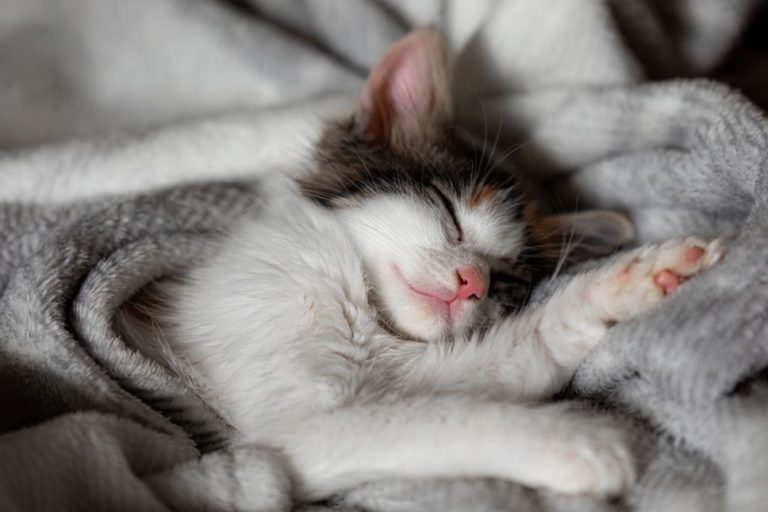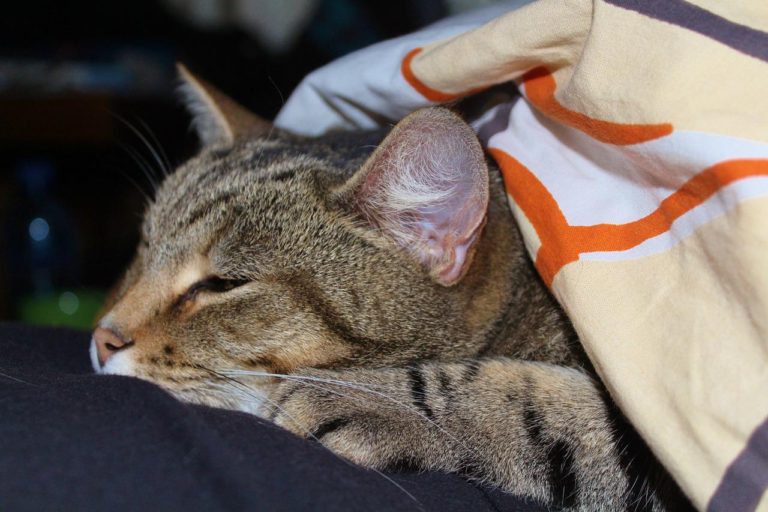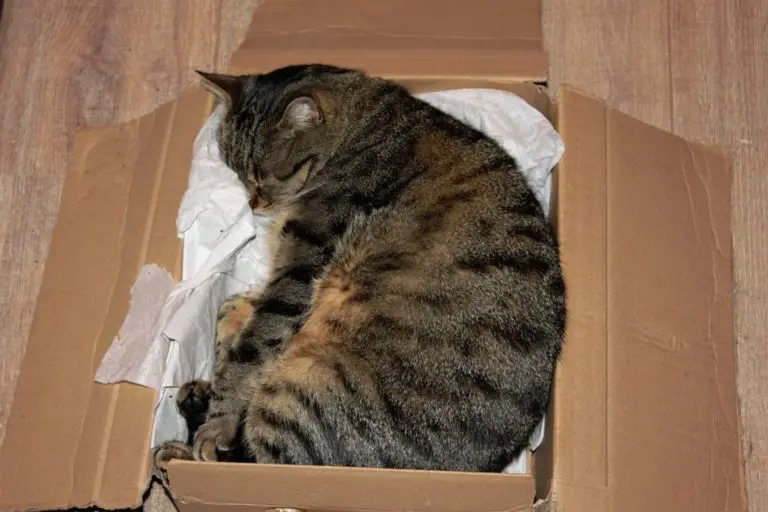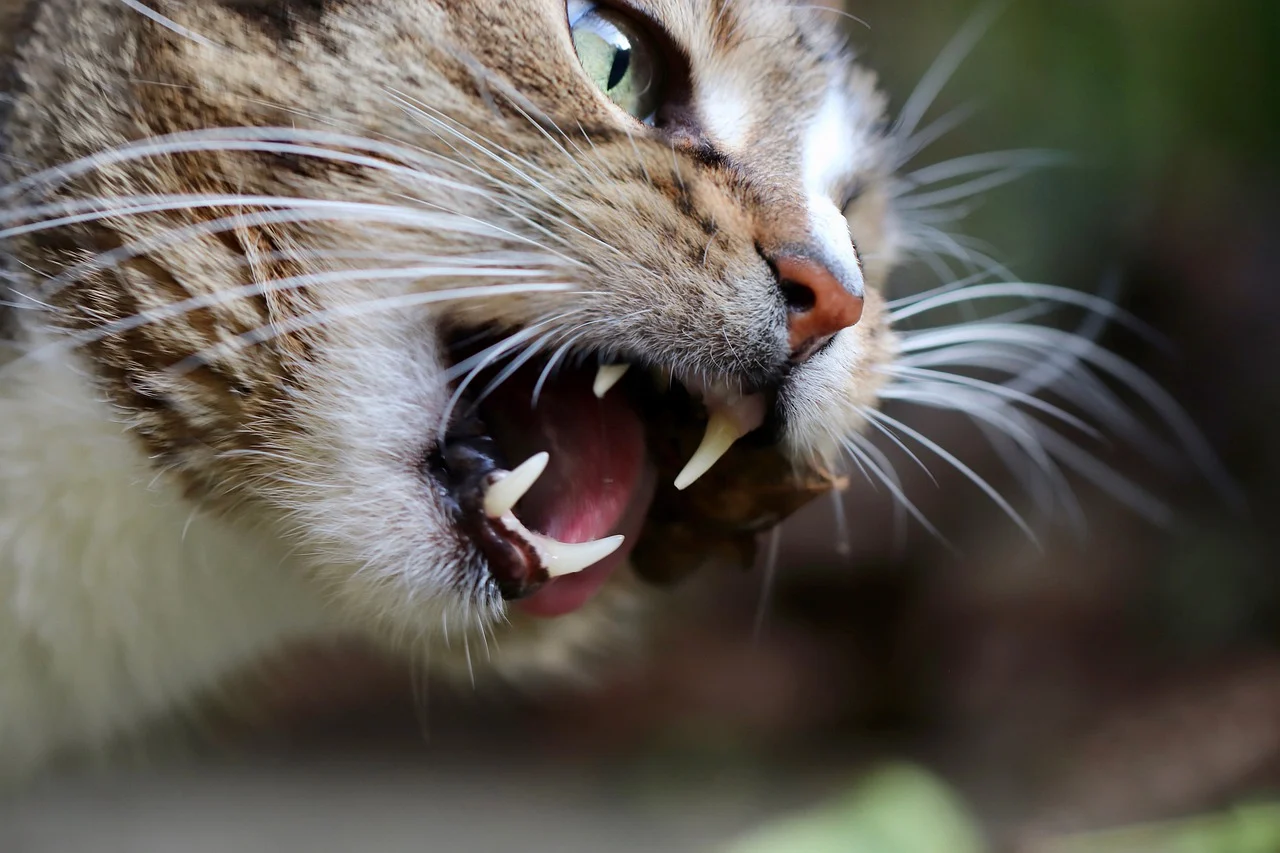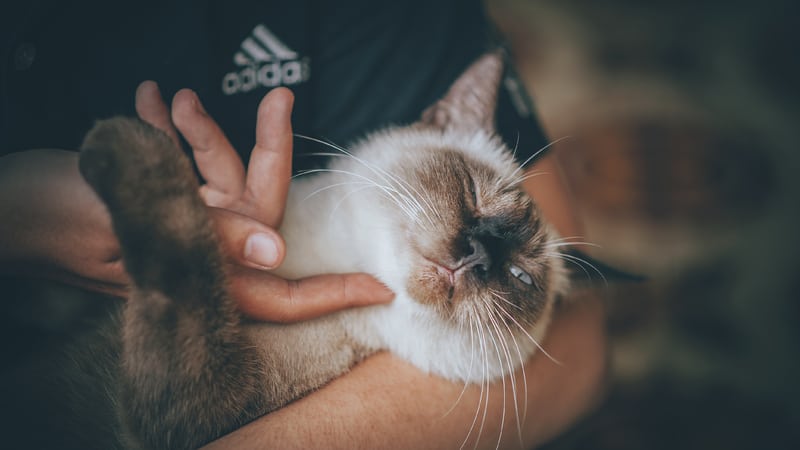
Cats are great at showing affection in many different ways. They can be playful, cuddly and loving companions, but they also like to show their affection in other ways.
Cats may show affection with their tail or head, but this is not always the case. Cats have a variety of other ways of showing affection and you will learn more about them below.
Cats show affection by licking, grooming and purring. In fact, cats purr to express their happiness and contentment.
Licking is a very common form of affection in cats. They often lick their owner’s face or hands when they greet them after a long absence. Cats also use their tongues to clean themselves after defecating or urinating.
Grooming, on the other hand, is more of a social activity than a sign of affection. Cats groom each other mostly for the purpose of keeping the other cat free from parasites and lice.
Grooming can also serve as a way of communicating with each other, especially if they share similar grooming habits like combing their fur outwards using their paws or by using the tail as a brush.
Kissing is another form of affection that cats use to show love to one another without having to vocalize it out loud!
Do Cats Like Kisses?
Cats love to be petted and cuddled. They also like to be scratched behind their ears and on their bellies. But do cats like kisses?
It’s true that many cats enjoy being petted, but the exact way in which they react to being kissed varies from cat to cat. Some cats seem to enjoy a gentle kiss on the nose or forehead, while others may be more interested in getting a big smooch on your cheek or lips!
Kissing is just one more way to show affection between cats and their owners. Cats can be affectionate without kissing, and they often won’t kiss at all.
In general, cats don’t like being kissed by humans. They may tolerate it for a few minutes, but if you try long enough, your cat will probably end up pushing you away or swatting at you with her paw or tail.
Cats may not mind being petted or stroked on the head or back, but they don’t want to be kissed on the mouth either!
Kissing behavior is common among domestic cats. Cats typically engage in this behavior when they’re greeting each other or playing with their owners. While it’s not clear why cats kiss each other, there are a few theories about this psychological behavior:
The most popular theory is that cats kiss each other to mark their territory, which explains why the majority of adult cats will give each other a quick peck on the head or neck if they’re introduced for the first time.
Another theory suggests that cat kisses may be an attempt at bonding between mothers and kittens — a way for them to show their love for one another. And finally, some believe that it’s a way for cats to keep track of their food sources because they can’t see well enough to detect them directly (like us humans).
Do Cats Like Hugs?
Cats are naturally independent creatures, and like to keep their personal space. If you want to get your cat to like hugs, it’s important to understand that they aren’t going to be as willing as a dog or a child.
Cats don’t respond well to being treated like dogs or children. While they may enjoy playing with toys and getting attention, they don’t have the same level of emotional attachment to people as dogs do.
If a cat doesn’t know you or has never had any interaction with you before, then he or she will likely not be very receptive to being hugged by you.
However, there are some cats who love hugs! Cats who have been around children and other pets may be more receptive to the idea of hugging than cats who were raised by single parents or in an apartment without any pets around them.
Most cats love to be petted, but not all cats enjoy the same thing. Some cats love to be petted on their heads, others on their ears, others on their necks and backs.
If your cat is one of those that doesn’t like to be patted on any part of his body, don’t worry! There are other ways you can show your cat how much you love him.
Some cats are more affectionate than others, but even if your cat doesn’t like to be picked up or rubbed under his chin (or anywhere else), there are still plenty of things you can do to show him how much you care about him.
Do Cats Like to Be Held?
Cats are independent animals, and they do not like to be held. They love the freedom to roam around their environment and explore the world around them.
However, cats also enjoy the company of humans, so it’s important to understand how your cat reacts to being held and petted by you. If your cat doesn’t like being petted or held, don’t force him or her into a situation that is uncomfortable for them.
In general, cats tend to prefer being alone or with other cats over humans. However, some cats are more social than others when it comes to humans, which can make them more accepting of human contact in certain situations.
Some cats may enjoy being held when they’re young but will choose not to be held later on in life as they grow older and gain more independence from their owners.
Cats are very affectionate animals, but they don’t like being touched the same way people do. In fact, cats prefer to be petted on their backs or sides rather than on their heads or feet. This is because it’s usually more comfortable for them for their bodies to touch yours than for your body to touch theirs.
Do Cats Like It When You Talk to Them?
Cats are pretty expressive. They’ll purr, growl and meow if you want them to, but they also have their own language of body language that you can use to your advantage.
Cats can be very good at telling people how they feel about things. They might do this by rolling over and stretching out on the bed or couch, or by sitting on their haunches with their head tilted to one side and their eyes half closed.
If a cat is happy, he’ll usually let you know. Cats are masters at communicating through body language. They’re not just vocal creatures; they have visual cues as well.
If a cat has his front paws up on something, he’s probably ready for a nap; if he’s standing with his back arched, he wants attention from you; if he’s chasing a toy, it means play time!
Cats are very intelligent creatures, but they don’t understand human speech. They can understand your tone of voice and body language, but they don’t know what you want them to do.
When you talk to them, they may think that you’re frustrated because they won’t respond to your commands or play with them.
Cats are very responsive to touch and smell, so pointing at something and saying “cat” is likely to get their attention. Cats also like to be stroked on the head or ears when they’re happy or relaxed, which is a good way to show affection.


